-
Featured Faculty, Dr. Masako Fujita: A passion for anthropology and making a difference in women’s health and wellness
Dr. Masako Fujita is an Associate Professor in biological anthropology, specializing in contemporary human variation. She also directs the Biomarker Laboratory for Anthropological Research. She regularly teaches the graduate course Quantitative Methods in Anthropology and undergraduate courses such as Introduction to Physical Anthropology and Human Adaptability. Dr. Fujita joined MSU as an Assistant Professor in 2008. She remembers that period of […]
-

Anthropology Grad Student Spotlight: Kelsey Merreck Wagner – Human-environment relationships and art as activism
By Katie Nicpon Passionate about the intersection of people, animals, environment and activism, Kelsey Merreck Wagner is a Ph.D. candidate in the MSU Anthropology program and is also an artist. Since the pandemic, she has been weaving community trash into tapestries and preparing for her dissertation research trip to Thailand in October. MSU Anthropology PhD […]
-
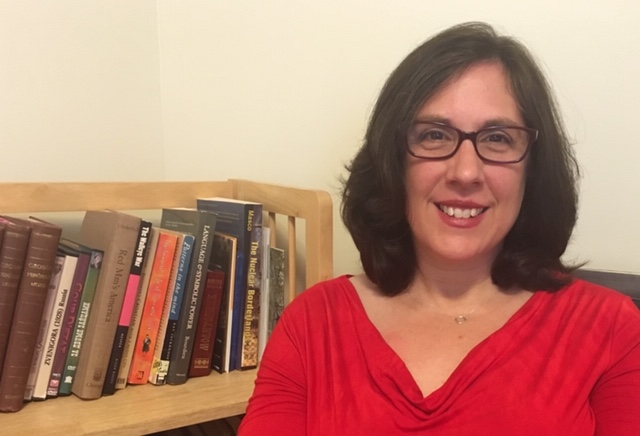
Featured Faculty, Dr. Mindy Morgan
Dr. Mindy Morgan is an Associate Professor of Anthropology and affiliated faculty member of the American Indian and Indigenous Studies program, as well as the Graduate Program Director for the Department of Anthropology. Dr. Morgan specializes in sociocultural and linguistic anthropology. Over the course of the past few years, Dr. Morgan has been exploring the […]
-
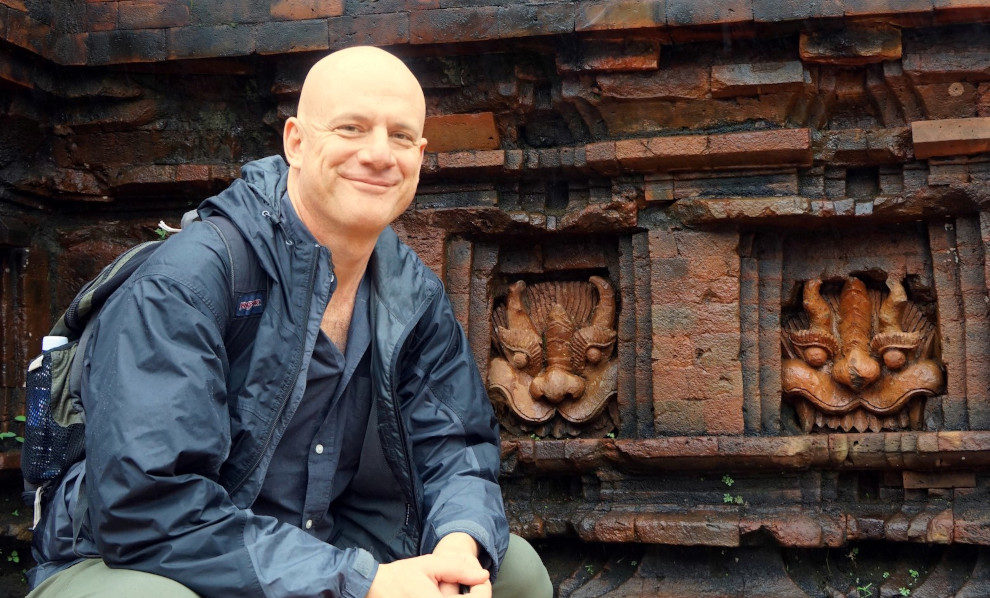
Featured Faculty, Dr. Gabriel Wrobel
Associate Professor Gabriel Wrobel’s interest in the bioarchaeology of ancient Maya began as an undergraduate student during a fieldschool in Belize. After working at one of the rockshelter sites for a day, he felt a profound connection to the area and its stunning landscape. He decided in that moment that he would pursue a PhD […]
-
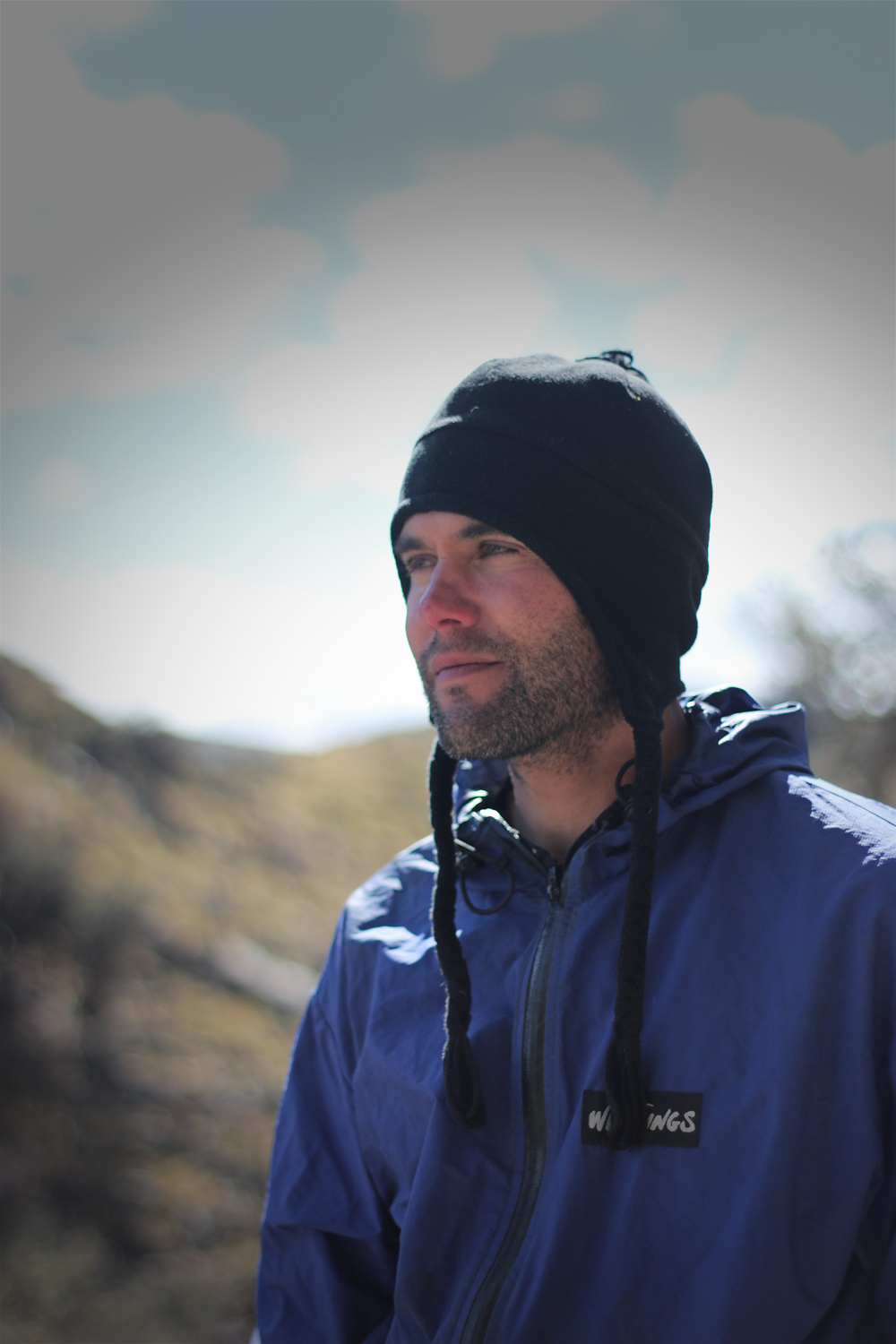
Featured Faculty, Dr. Kurt Rademaker
Dr. Kurt Rademaker started with MSU Anthropology in Fall of 2018. His research focuses on human biogeographic expansion into the Andes mountains and adds to our understanding of the timing and routes of initial human settlement of the Americas and the role of ecological variability in driving human adaptations and in understanding the relationships between […]
-
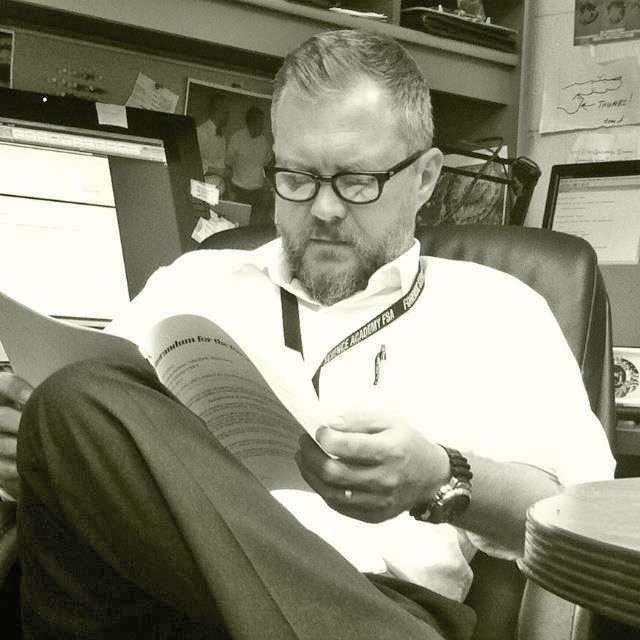
Featured Faculty: Dr. Joe Hefner
Dr. Joe Hefner joined the Department of Anthropology in the Fall semester of 2014 as an assistant professor in forensic anthropology. He currently teaches graduate level Human Osteology and Multivariate Statistical Analysis along with undergraduate Introduction to Physical Anthropology, Hominid Fossils and Time, Space and Change. Previously, Dr. Hefner worked as a contract archaeologist throughout […]
-

Featured Faculty: Dr. Stacey Camp
The Department of Anthropology is pleased to introduce our new Associate Professor in archaeology and Campus Archaeology Program (CAP) Director, Dr. Stacey Camp. Dr. Camp’s research centers around an interest in how social inequality is manifested and expressed through material culture and the built environment. More specifically, she employs critical race theory to understand how […]
-
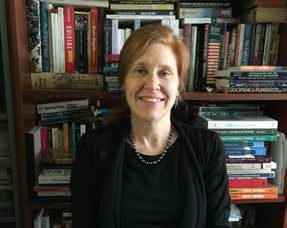
Featured Faculty: Dr. Beth Drexler
Dr. Beth Drexler has been very research active recently, thanks to an American Institute for Indonesian Studies Luce Fellowship (2014-2016) and a Fulbright (2015-2017). Her current project explores human rights and memories of violence in the aftermath of authoritarian rule in Indonesia and Timor-Leste (known as East Timor during its occupation by Indonesia). Her next […]
-
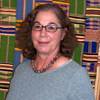
Dr. Anne Ferguson
Dr. Anne Ferguson will retire this year from her position as co-Director of the Center for Gender in Global Context (GenCen) and from the Department of Anthropology where she has been a professor since 1993. She leaves a remarkable legacy at MSU, including the creation of GenCen and the Gender Justice and Environmental Change (GJEC) […]
-
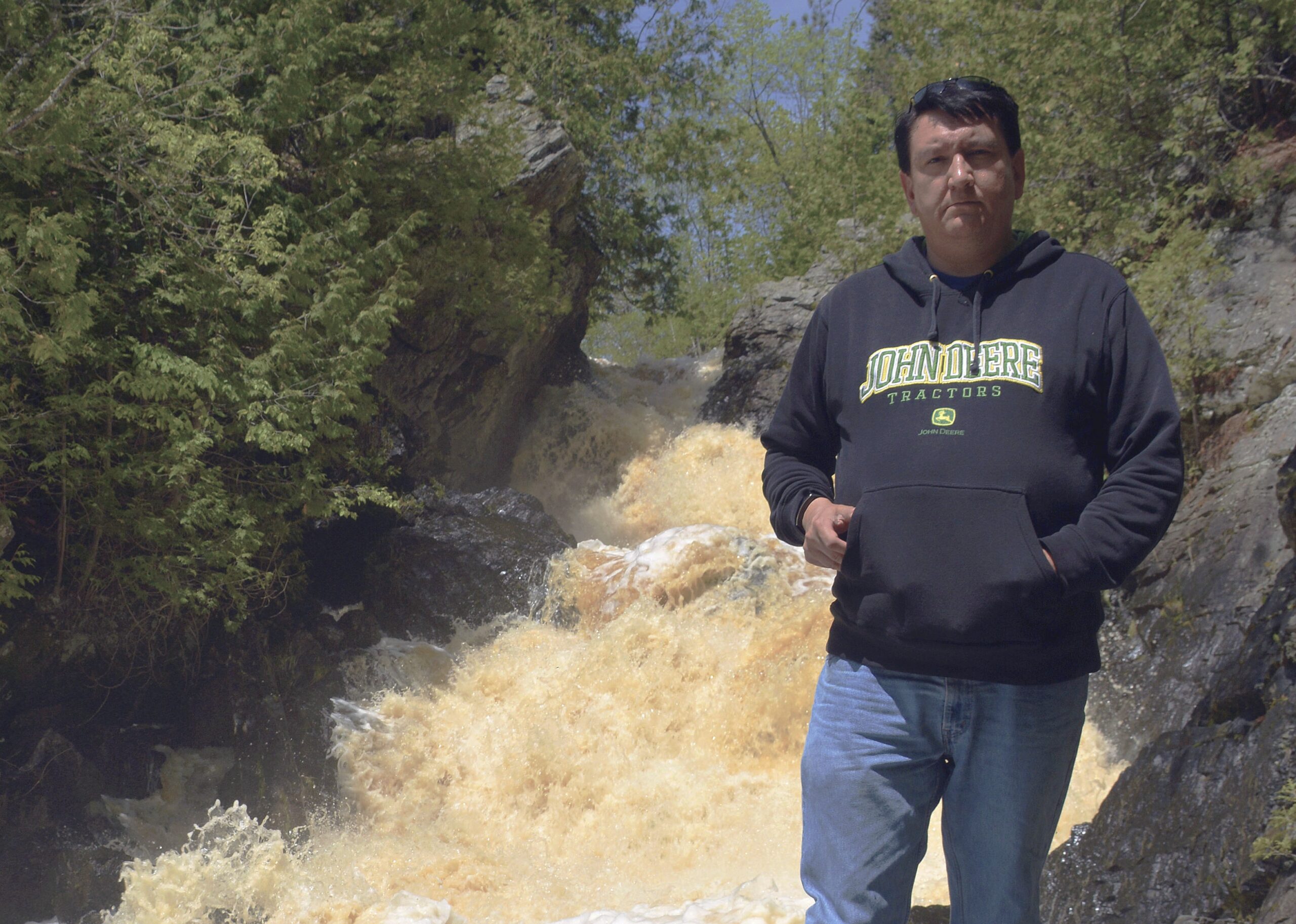
Dr. John Norder
Since graduating from University of Michigan and joining MSU’s faculty, Dr. John Norder has found himself in many roles: archaeologist, ethnographer, teacher, advocate, and facilitator. Most recently, he’s been furthering MSU’s service mission in partnership with Indigenous peoples as the Interim Director of the Native American Institute (NAI). Due to his success, he’s been recommended […]